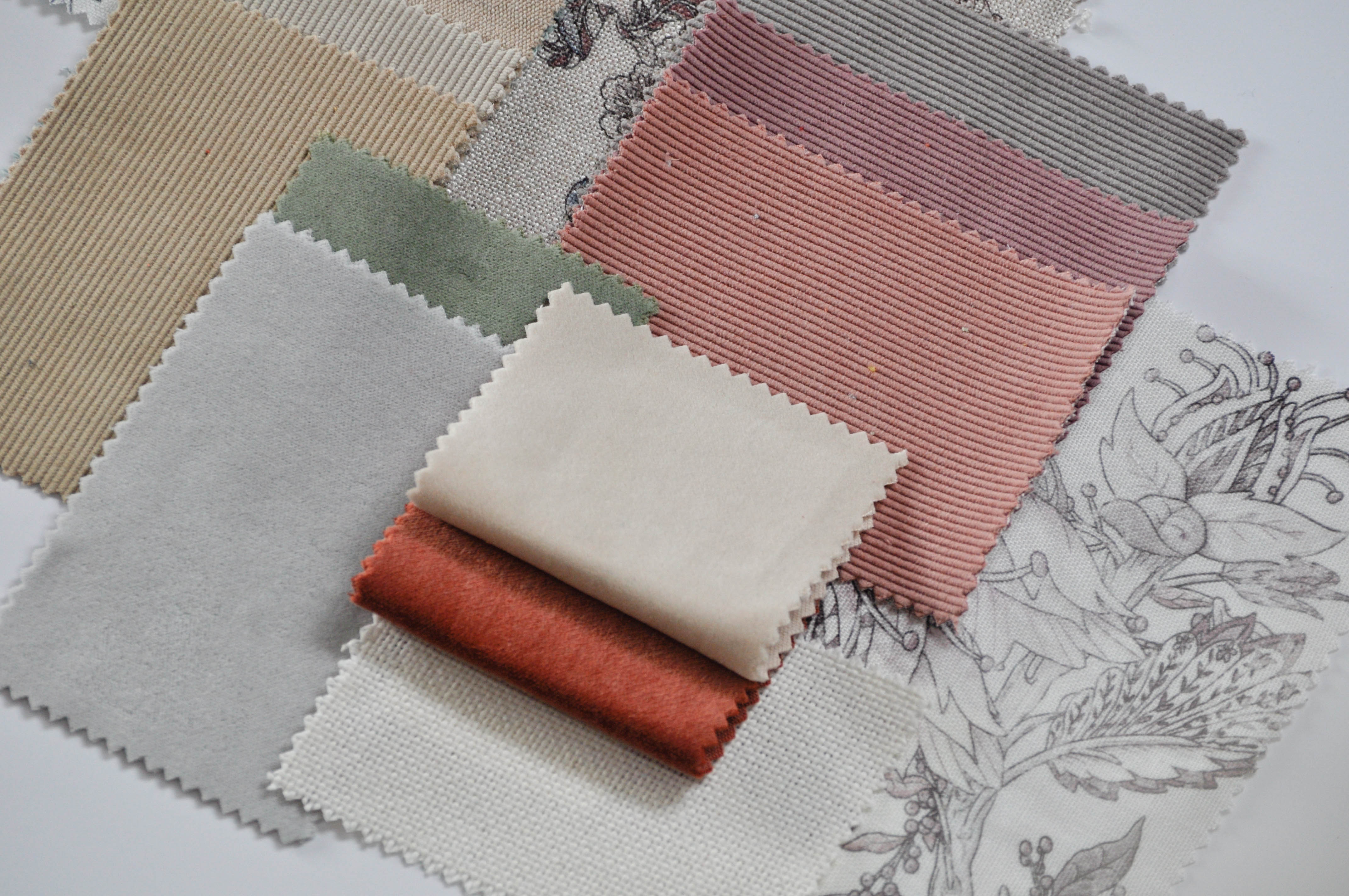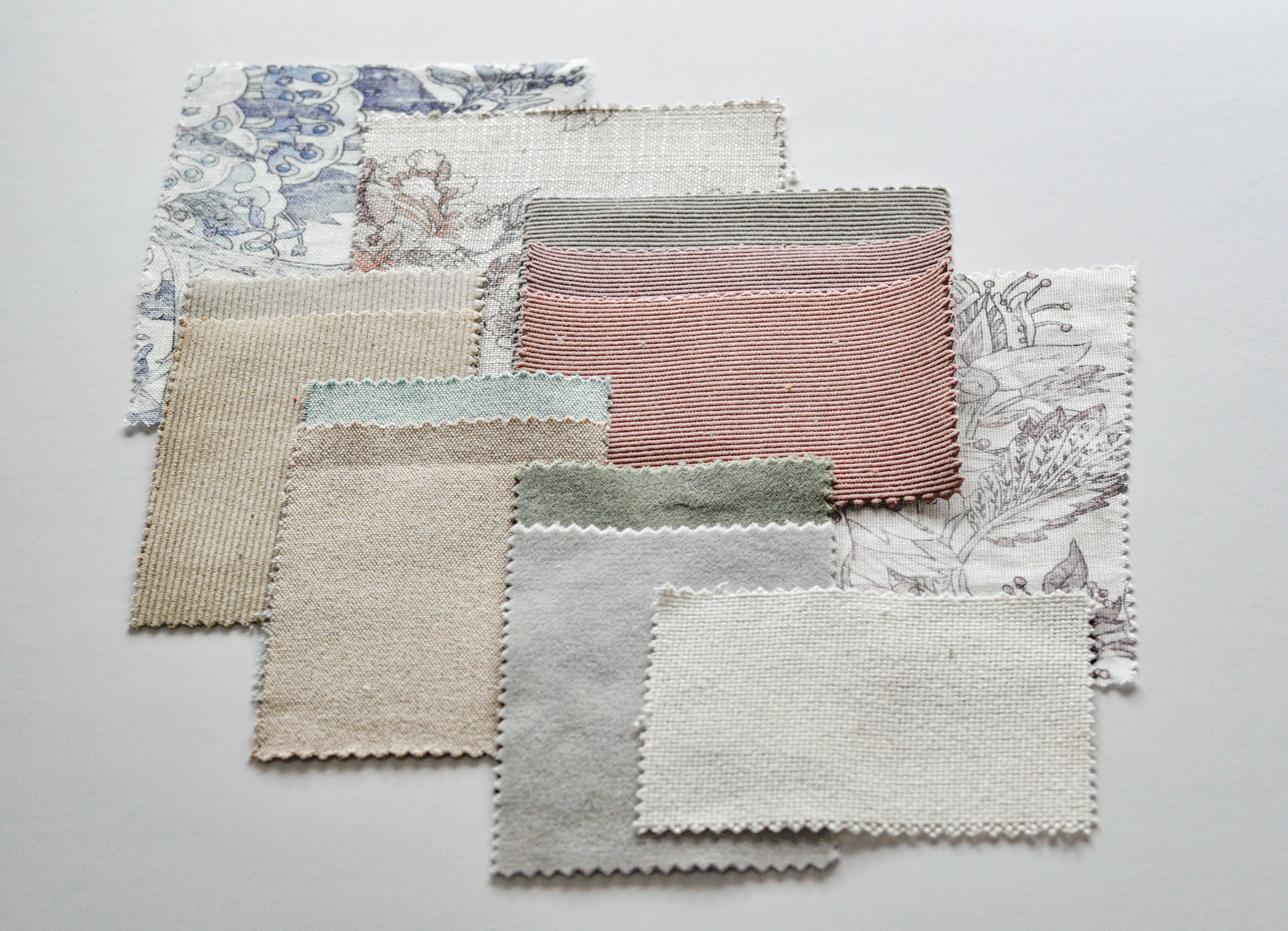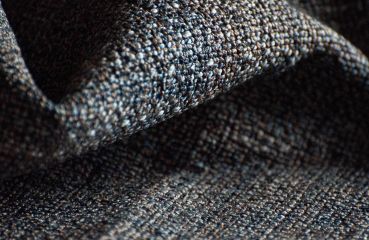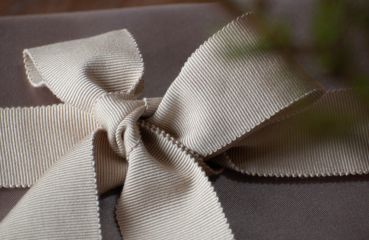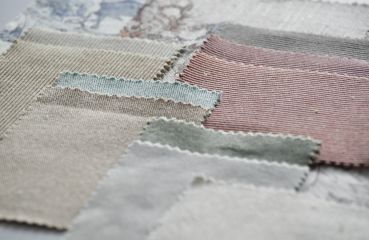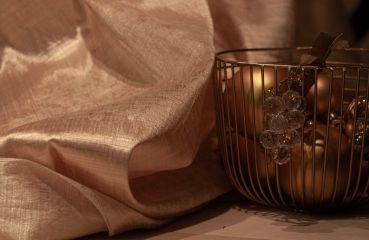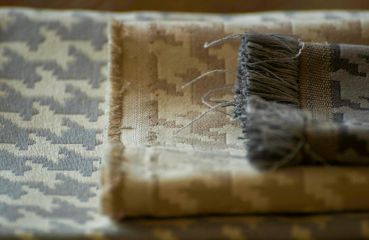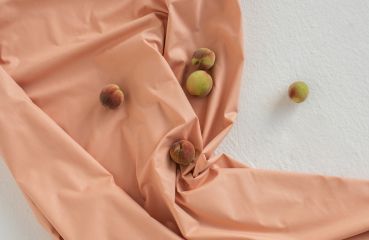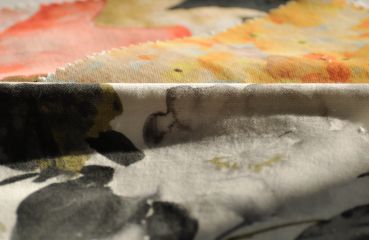ABOUT FABRIC IN DESIGN AND TEXTILE MOOD BOARDS
Mood board: what is it?
The term “mood board” is self-explanatory and perfectly reflects the reason for its creation. A mood board is a visual presentation of a design concept, a form of an inspiration board, where fabrics, materials, colours, textures and shapes are put together to give an image closest to the material truth about the project and evoke the expected mood in the recipient. Fabrics and their combinations are the best material for mood boarding. A fabric mood board is a perfect introduction to any planned change in the interior. You can create it both for your own needs and to visually present the concept to customers or relatives with whom you discuss the idea of designing or refreshing the interior with fabrics. In this way, you have an opportunity to organize your ideas and present them using real objects. By juxtaposing and arranging selected colours and their shades, patterns or textures, you can check if they go well together. Then, try to combine all these elements together, arrange them in a planned way and eliminate what is not suitable and clashes with the rest.
Putting together numerous colours and textures at the same time is not an easy task, and without the sensory cues resulting from how we arrange fabrics close together, keep the planned proportions, distribute colour accents etc., it is not always possible to achieve a perfect result. A mood board combining the boldest, but also the most sublime colour combinations, is the most accurate measure of our success in this difficult design puzzle, but it also illustrates to what extent it still needs to be refined.
An even more difficult challenge lies in combining various patterns, checks, and stripes of different widths, with different rhythms or floral patterns presenting different dynamics and colours. Meanwhile, contemporary trends encourage such stylistic solutions. It is an art that requires practice, but a mood board is a great tool to help you hone your composition skills and cope with this difficult task.
What is characteristic about textiles is that they affect us not only with their colours and patterns, but also with their texture, weave of threads, textural chiaroscuro and all the additional effects used in textile design today. Any change in the texture of the fabric, such as a woven chenille thread, corduroy stripes on the surface of the velour, twisted thread in a boucle weave, shiny metallic admixtures in polyester blends and many, many more, affects the final colour and quality of the fabric. Therefore, without juxtaposing pieces of different fabrics, it is impossible to predict whether they will bring harmony, forming a chic and harmonious whole.
When looking for plain, monochromatic coordinates for patterned fabrics, you can use a wide range of pattern books that offer dozens of shades – sometimes differing only in nuances and halftones. This is an extremely interesting opportunity to create sophisticated combinations, but it can also be a daunting task, especially when it comes to assessing the final effect. In such cases, a mood board – that is, a combination of fabric patches presenting even the smallest, tonal differences in hues – will be an invaluable help. Creating such a mood board as part of a planned project including various interior design elements makes it possible to predict and illustrate such details as welt in a shade or two lighter than the cushion it is going to trim, or an inset in a drape or curtain in a colour literally taken from the floral pattern that adorns it.
The fun of creating fabric combinations in mood board design has no limits. It allows you to let your imagination run wild, while maintaining full control of the final effects. In this sense, fabric provides endless possibilities to plan individual and highly diversified designs of various interiors. The mood board tool also allows you to juxtapose fabric nuances with all other elements and materials that will accompany it in its immediate or further vicinity. You can verify and feel quite tangibly, whether it goes well with the haberdashery or the sheen of the curtain rod. You can also see to what extent it matches the floor, the shade of the furniture veneer or the colour of the walls, and even assess the role played by light and chiaroscuro. More and more manufacturers provide samples of their interior design products: from floorboards to paints and varnishes.
Dekoma also offers a full range of fabric samples that can be ordered online and combined with other materials to let you experiment as much as you want before making a final purchase decision.
Fabrics from the DEKOMA collection used in the session:
Corduroy is a kind of velvet in drone cross stripe. It used to be used mainly for sewing clothes, nowadays it apprears more and more often as an upholstery material. An example of such a fabric is velutto - densly woven corduroy of high weight. It is especially recommended for furniture with simple, geometric form, which is characterized and enriched by its texture. A subdued palette of 21 velutto shades, inspired by the colors of nature, brings peace and harmony. The hippie chic velutto perfectly fits into the boho interiors : with ethnic furniture and decorations. In such arragements it can be combined with smooth velours, rich embroidery, leather, fur or jeans.
Dusty is an effective, thick velour with muted color scheme and a subtle "dimming" effect on the surface. This upholstery fabric that perflectly matches white, pastels, natural and bleached wood or fashionable brass and gold. Can be used in interior referring to the popular shabby chic and glamour style: lounges, bedrooms or wardrobes. It's classic, timeless fabric with fashionable touch of silvery glow, will help you build an elegant atmosphere in private and public interiors. Available in 30 colors - cool hues: greens, blues and grays which correspond to the classic blue chosen for the color of the year 2020, symbolizing the search for peace, confidence and trusting the beginning of the new decade of the XXI century.
Como is a fabric made of 100% cotton fibers from recycled t-shirts, which makes it less harmful to the environment in its life cycle. This fabric with its smooth semi-shaded fleece and high gram, is best suited for upholstery. It is recommended for furniture with simple shapes and geometric cushions. Itroduces natural simplicity and unpretentiousness to the interior. It epitomises contemporary luxury expressed in the possibility of contact with nature, caring for one's own health and wellbeing.
Hybris is a beautiful floral print on a white background. The noble motif comes in two colours: pink and azure. Due to the special finish, the fabric is 270 cm wide but still soft to the touch. The print has been created using a modern digital technology. Hybris is a perfect choice for window decoration, especially curtains in natural- and modern-style interiors. Its plain coordinate is Hedone, whose colours have been adapted to match Hybris.
Helle is a decorative fabric with a natural appearance and beautiful floral motif inspired by old drawings. It has a large repeat with minute details. Helle is a perfect choice for window decoration, including curtains. Viscose and flax make the fabric pleasant to the touch. Helle is a great solution for projects in the vintage and boho style.
Upholstery and decorative fabric with an interesting elastic grip. Its natural look, owed to the admixture of linen, and extensive range of colours will certainly catch the eye. Light shades of grey and beige are combined with stronger accents of pink, violet and green. Seemingly delicate, Canva is highly resistant to abrasion (100 000 Martindale cycles). It will lend a touch of warmth and cosiness to any rustic- and boho-style domestic interior.
Melange decorative fabric with a natural appearance owed to the admixture of cotton. Being a truly delicate fabric, Peggy is recommended for window decoration in boho-style or rustic interiors but it can also lend a touch of cosiness to modern decor. Available in 21 colours: pleasant, mineral shades of violet and azure, as well as earth-like beiges, browns and subtle greys.
Three dimenions, flower place, recommended by its directively, to be used in public interiors such as hotels, restaurant, clubs etc. Its advantages also include it's durability allowing for intensive use - it is an effect of high grammage. This fabric is OEKO-TEX certified. Trenza collection is offered in 15 colors. In this range you will find intense, strong and homogeneous colors: red, navy blue, petrol, anthracite black, lime green, but also elegant shades of cream, ivory, coffee with milk, beige and grey. This color set is very versatile and fits many interior design styles.
Photo-session for Dekoma.
Creative thought and styling: MBBM Studio

